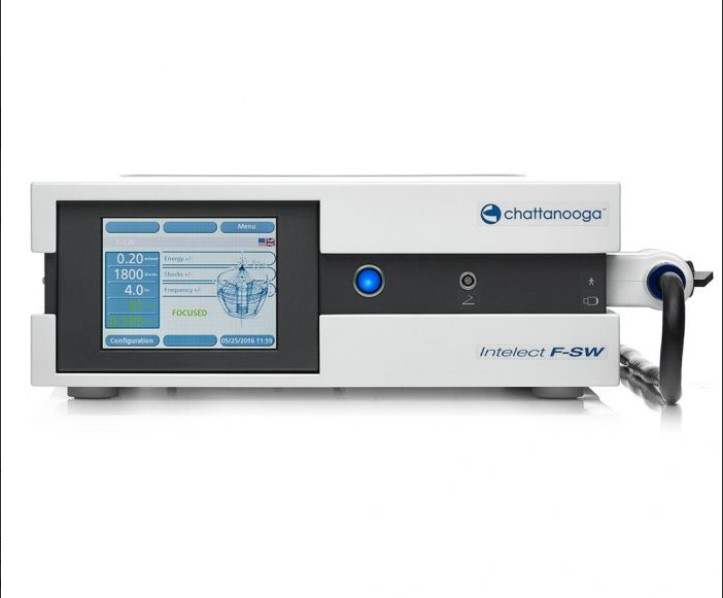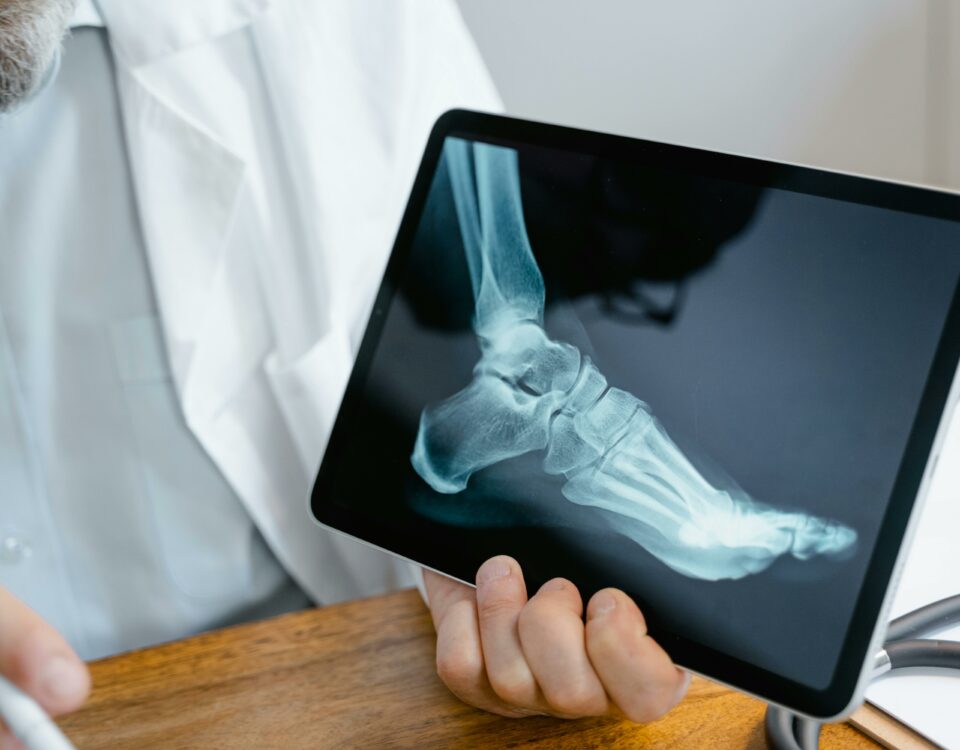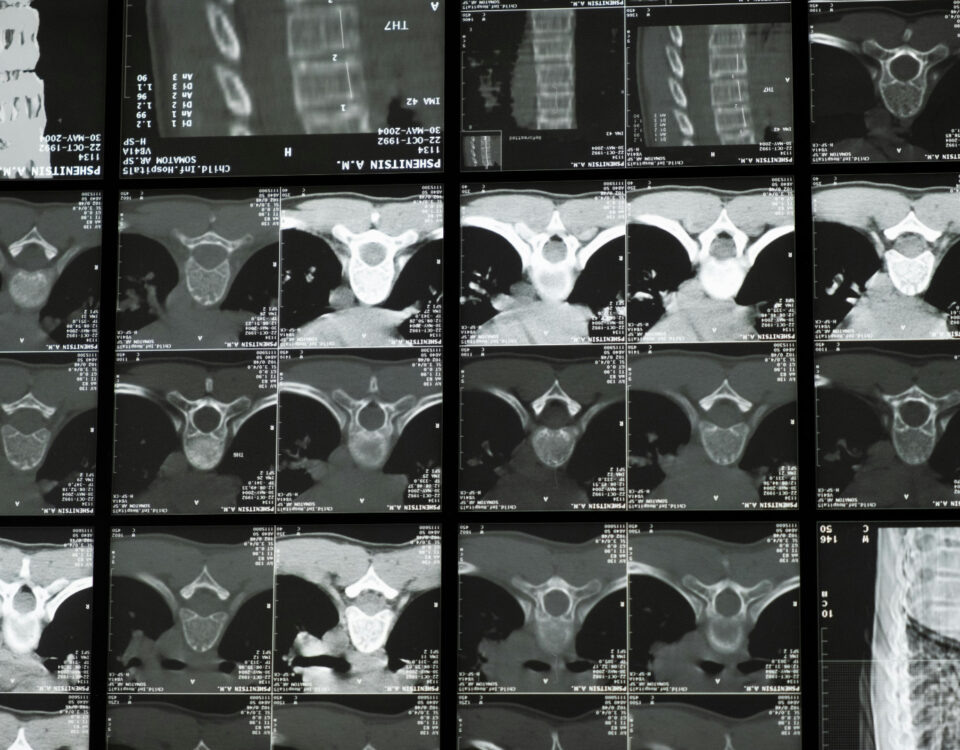
“I have a rib out…” – treating a rib injury from Seatbelt after Low to Medium Speed Car crash accident.
February 19, 2023
Tingling or Burning in the Arm and Hand can be Nerve Compression.
May 2, 2023Painful Trigger Points in Muscle following an Injury Event Like an Overstretch or Overexertion.
Patients often describe painful areas or “knots” in a muscle. Some of these, when touched, can zing with pain like pressing a doorbell. These are painful trigger points in muscle following an injury event like an overstretch or overexertion. This can show up after a car accident, a lifting injury or slip and fall at work, after a startle or even a night with a bad sleep position. Patients often want to know what is happening and how to keep this from reoccurring. Untreated, this condition can present chronically with acute episodes. Trigger Points, when diagnosed correctly, are often real pain generators. Since Doctor Dana Sibilla is trained in chiropractic orthopedics as well as massage and chiropractic physiotherapy, Blue Heron Chiropractic at 1934 NE Broadway in Portland is an ideal place to come and find out some answers and find a solution.
Are Trigger Points common?
Myofascial Trigger Points are probably one of the most common muscle complaints, short of actual strains. We see these constantly in the Chiropractic Clinic. While trigger points can be caused by even mild over-exertions, they are common with traumatic injuries, or type of problems that can occur in or after car accidents. Some trigger point presentations are perceived as “muscle cramping”, when they actually involve only a small portion of the muscle. It is important to distinguish “knots” on the back from posterior rib angles that also press back inside of the shoulder blade when a rib goes “out” or is subluxated. There are a lot of treatment protocols for treatment and for healthcare marketplace competitive reasons some articles don’t list “chiropractic” as one of them, (even a great one like this) but in actuality chiropractors treat trigger points in almost all of our cases. Remember, “Chiropractic” brings together all of the treatments some providers can do only one of – massage, physical therapy, electrical stim, micro-current, cold laser, direct trigger point pressure, dietary and lifestyle modifications, myofascial release, imaging, and physician-level diagnosis.
What is a Trigger Point?
A common theory and way to describe a trigger point is a bunching up of nerve signals or chemical/electrical signals in the “fabric” of a muscle. The muscle then “spasms or cramps locally” rather than contracting the entire muscle the way it was designed to. The muscle can “bunch up” or “pucker” along the fibers, creating what is essentially a “clump” or “knot”. This quarter-sized lump is then not smooth in the fabric of the muscle, can be painful, and might even send pain out to other areas by a process called “referral”. Trigger points can be “Active”, as in creating aching, searing, stabbing or burning pain while at rest, or “latent” as in not perceived until pressed or exerted upon, but present nonetheless. There is some data that trigger points can be caused by chemical imbalances or even mineral deficiencies, the results of muscular or whole body fatigue, autoimmune problems, neurological (nerve signal) imbalances, as well as actual damage from bruising or tearing.
Do Trigger Points go away?
While some patients may respond immediately to therapy for a trigger point problem, some patients need to include exercise modifications, dietary, lifestyle or functional changes to keep them from repeating. Myofascial trigger points that are “new”, and not of “traumatic” origin, such as those caused by overall fatigue, have the best prognosis. Sometime myofascial Trigger Points that recur or persist fit a pattern that might be a part of a myalgia or a myofascial pain syndrome. It is not true, however, that an isolated event of trigger points means a diagnosis of Fibromyalgia. Many patients complaining of Fibromyalgia actually have a more simple myalgia or a pattern of trigger points that will respond readily to care. Interestingly, the treatment for Fibromyalgia often includes the treatment for trigger points.
How are Myofascial Trigger Points treated?
There are many formulas for addressing trigger point syndromes or presentations. Often, we will use hot packs and massage to help improve circulation in a muscle. Nimmo Technique , Low Level laser, Interferential or premodulated electrical stimulation might be applied to get the specific area to relax. We might use Frequency Specific Microcurrent to directly address the MFTrP. We will also improve the regional biomechanics, likely adjusting the joints served by those muscles that are afflicted. Results are often immediate. For a general trigger point, it would be suggested that we treat the region at least twice and follow up at least once, with the patients doing some exercise in between. Occasionally Medical or Naturopathic providers will inject saline, cortisone, or lidocaine into Trigger Points, which we would not recommend as a first course of action, and maybe not even the second, because such a treatment might be too invasive. We would prefer to treat the cause and bring down the trigger points conservatively. Dry needling can address trigger points, but again this is invasive and can be handled with microcurrent which is not painful and carries much less risk. Nimmo Technique is a direct pressure technique that relaxes the local muscle spasm by changing the circulation in that specific area. We might also add Graston Technique or even Kinesiotaping.
How about pain that shows up far away from the trigger point?
Trigger points can “refer” pain to “reference areas”. A good example of a referral is when pain that originates from a trigger point behind the shoulder blade can actually be perceived down the arm. Janet Travell mapped the specific areas where Trigger Points can refer pain and they project all over the body. Patients are frequently surprised and even impressed when the Travell wall chart shows the exact location of both their tender spot and the painful referral zone. The bottom line is that Trigger Points refer pain in predictable patterns. In the clinic, we will show you a Myofascial Trigger Point referral chart which is always helpful to educate.
How is Blue Heron handling the COVID-19 Pandemic at this time?
While it is true that Covid-19 is changing, and perhaps “waning”, with the current Covid-19 variants posing perhaps less risk to certain individuals, the Pandemic is not over yet. Doctor Sibilla and all staff you will encounter continue to be fully vaccinated with updated boosters. Dr. Dana’s on his sixth shot to date, updating approximately every 90 days for optimum immunity. We are still currently masking inside the clinic, as is required for all healthcare facilities, although this may end as a requirement on April 3. Doctor Sibilla may continue to wear a mask for some time afterwards as the epidemiology continues to evolve. We may continue to temperature scan, simply because it is so easy to do, and simply provides more information. If you would like a mask and don’t have one, we will provide you with one. We will continue to encourage patients with notable flu-like symptoms to contact us before coming in so we can coordinate all aspects to serve you better. Access Chiropractic safely and securely at Blue Heron Chiropractic & Healing Arts Center, with Dr. Dana Sibilla, DC DABCO FIANM.




